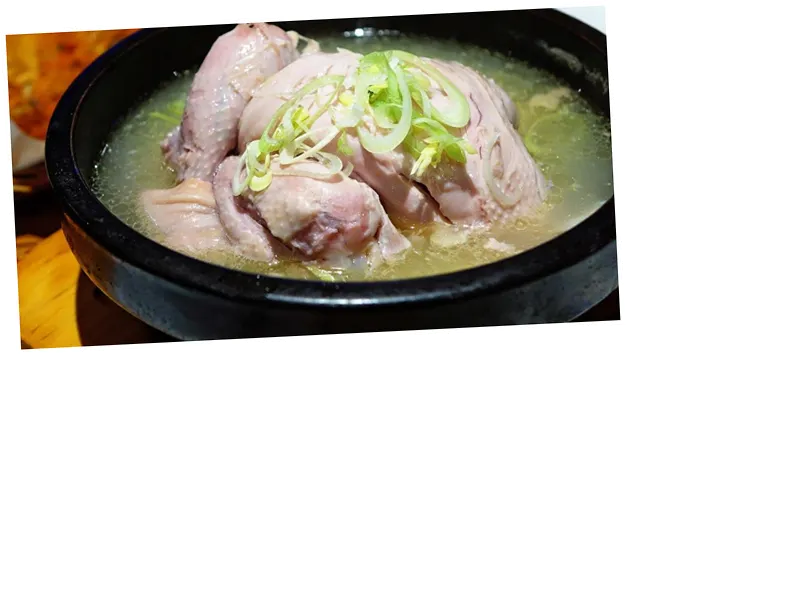Understanding the Causes of Bad Odors in Cooking Meat and Poultry
Cooking meat and poultry is a staple in many households, providing essential protein in our diets. However, an unpleasant smell can often accompany the process, affecting the overall dining experience. This article explores the causes of these odors and offers solutions for minimizing them during preparation and cooking.
The Importance of Proper Cleaning Techniques
When it comes to cleaning meat and poultry, different approaches are necessary due to their unique characteristics. Red meats like beef and lamb contain more connective tissue and fat, which contribute to unwanted smells. It's crucial to remove excess fat before cooking, as fat is a primary source of bad odors. Washing red meat with cold water helps eliminate blood and surface impurities without causing the blood to adhere to the meat, which can worsen odors. Additionally, soaking red meat in a solution of cold water with vinegar or lemon juice can enhance flavor and reduce bad smells.
On the other hand, poultry requires special attention to remove feathers and sebaceous glands, which can significantly contribute to unpleasant odors. Soaking chicken in a salt or acid solution for 30 minutes to an hour is an effective method for reducing bad smells. This process not only helps break down surface fats but also enhances flavor.
The Role of Soaking and Spices
Soaking meat and poultry in acidic solutions not only helps eliminate odors but also tenderizes the meat, making it easier to cook. Adding spices and herbs such as bay leaves, cinnamon, cardamom, and ginger can further improve flavor while neutralizing oily odors. During boiling, it's essential to periodically remove the white foam that forms on the surface, as it contains impurities that can lead to unpleasant tastes and smells.
In conclusion, proper cleaning and cooking techniques are vital in preventing bad odors in meat and poultry. By following these guidelines, cooks can ensure a more enjoyable dining experience and maintain food safety.





